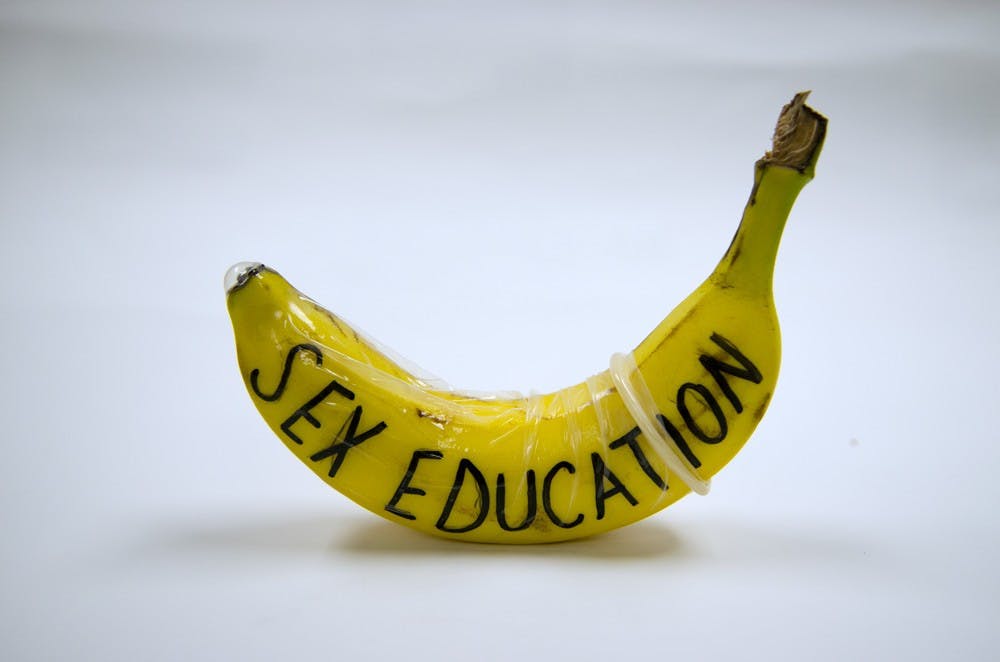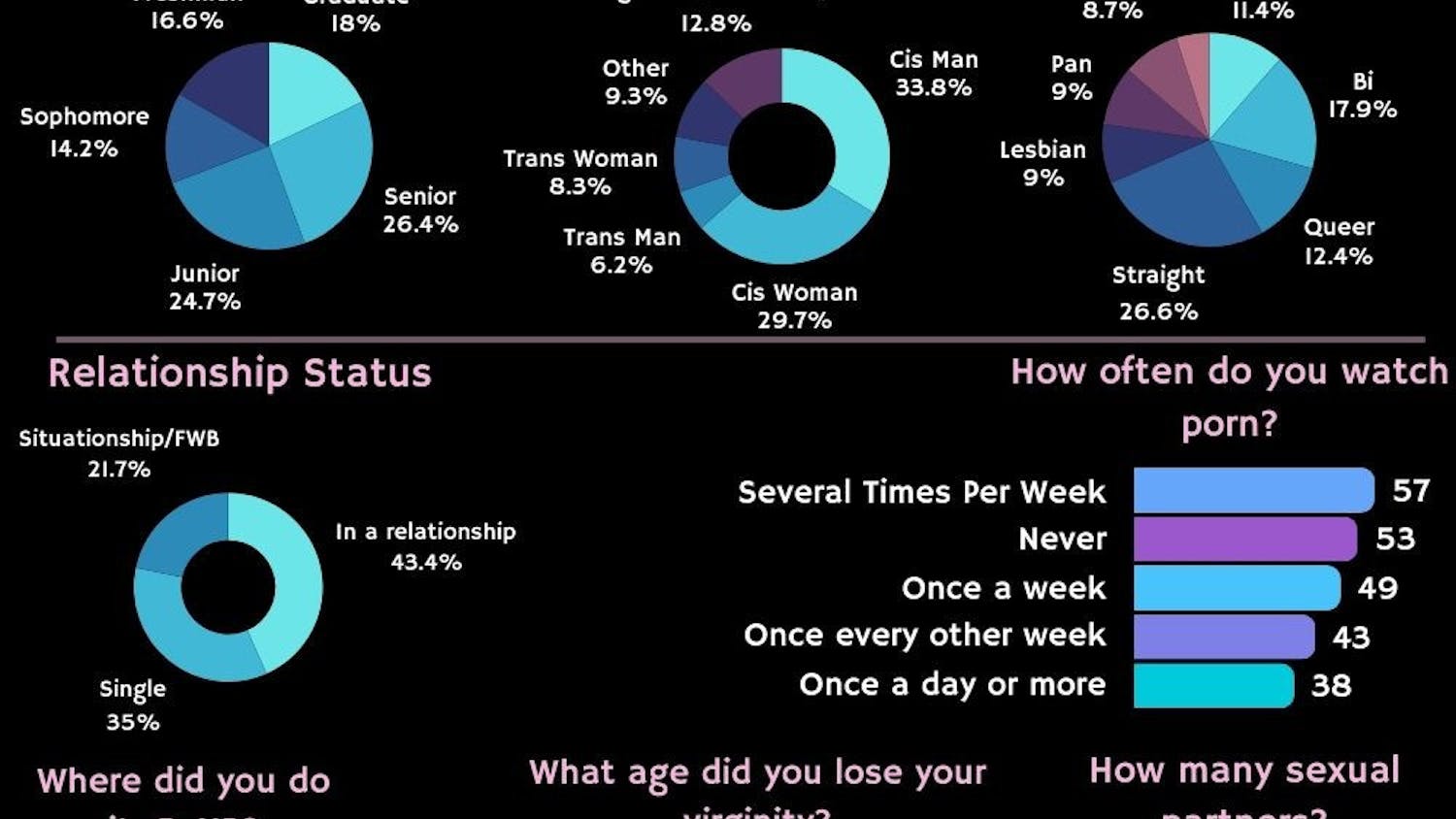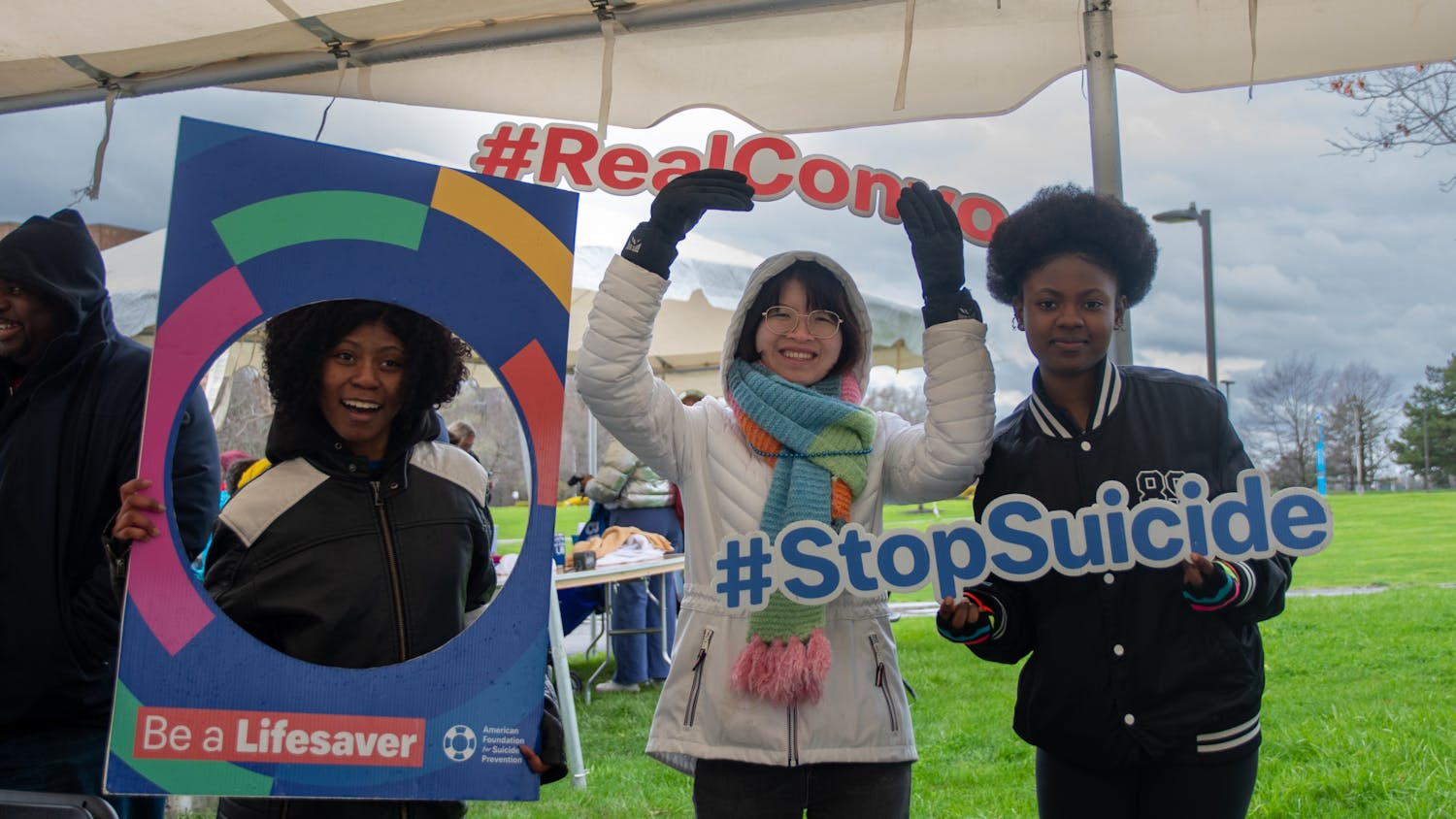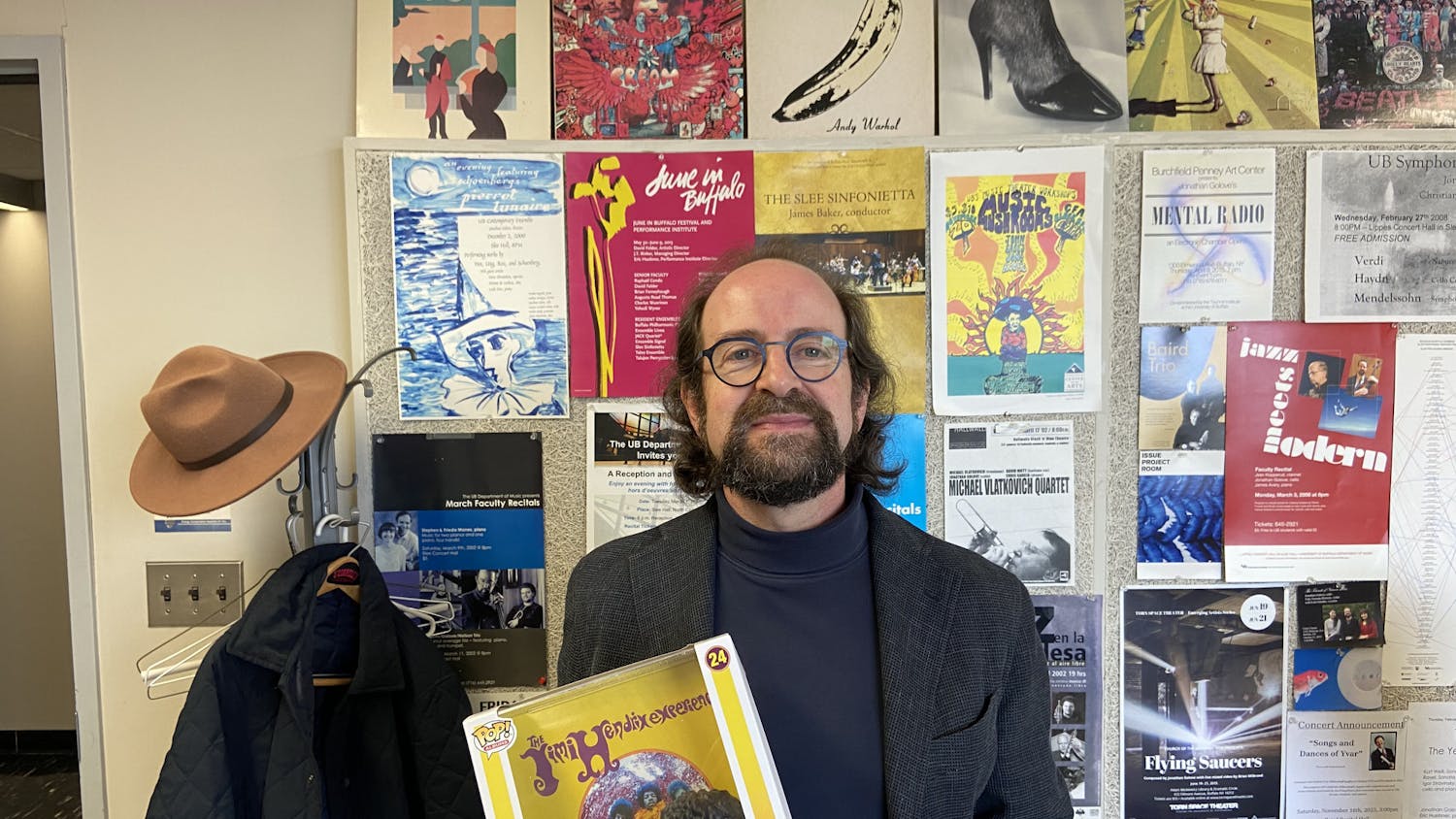Megan Erway, a sophomore psychology major from the Finger Lakes in New York, was shocked to learn in high school that one of her classmates genuinely believed that “a child comes out of the woman’s butt.”
Sex education is taught with mixed methods, goals and outcomes throughout the country and the world. Article III of the 1989 United Nations Convention on the Rights of the Child obliges state parties to protect the best interests of children, but there is no overarching international law that requires countries to teach sexual education. The Common Core in the United States does not give any requirements for sex ed, meaning schools and states across the country are responsible for their own sex education programs.
“There are no universal standards for sex education in schools,” said Jane Fischer, director of Sub Board I Inc. Health Education. “It varies among school districts, states and countries. We can’t assume that everyone has the same level of knowledge at every age.”
Fischer said that sex ed should be treated with the same importance and accuracy as other health topics. Learning shouldn’t simply be anatomy or about the actual act of intercourse – it should also involve “communication, boundaries, cultures, preferences, consent, protection, wellness, expression, respect, pleasure and so much more,” she said.
Erway’s sex ed experience was limited to an old video in sixth grade about sex organs and a month in a tenth grade “life” class. During the class, Erway learned about contraceptives, sexually transmitted infections and abstinence.
“Sex ed at my school was in no way sufficient,” Erway said. “I actually learned most of my sex ed from Internet sources on my own.”
By the time of Erway’s graduation, she said about 10 percent of her graduating class was pregnant. The United States is not the only country where UB students have experienced subpar sexual education.
Sushanth Girini, a graduate student from India studying electrical engineering, had a similar sex ed experience to Erway’s.
“The only sex ed I got during high school was a few chapters in my biology textbook about [acquired immune deficiency syndrome] AIDS and ways to prevent it, along with human sexual anatomy,” Girini said.
A report to the United Nations by the Youth Coalition for Sexual and Reproductive Rights argued “the lack of compulsory comprehensive sexuality education in schools violates the human rights of Indian adolescents.” According to the report, private schools in India are free to choose whether to include sexual education in their curricula.
Girini’s class was taught various prevention methods for AIDS, including limiting sexual partners and the use of condoms. His class, however, was never taught about any other sexually transmitted diseases.
He would have preferred to have been more educated on sex ed, but he said cultural taboos limited his exposure to sexual topics as sex is rarely discussed unless absolutely necessary.
Girini learned more of his sexual education from his friends and the Internet than from school.
Emma Reeve, a sophomore communication and media study major from the United Kingdom, had a thorough sex education experience beginning in primary school, the British equivalent of elementary school.
“In year five, age nine, we started learning about the different body parts and about pregnancy,” Reeve said. “Then in year seven, age 12, we started learning about [sexually transmitted infections] STIs and contraception, like condoms and birth control.”
Reeve was never taught about abstinence in school, a method that is the main form of pregnancy prevention taught in 26 states in the United States, according to a report by the Guttmacher Institute, a non-profit organization which works to advance reproductive health.
New Mexico, Mississippi and Texas have the highest rate of teen pregnancy in the United States, according to the Guttmacher Institute. Mississippi and Texas do not mandate sexual education be taught in its schools, but if it is, only abstinence can be taught.
Despite a lack of abstinence education, Reeve said that the sex ed she received in school was adequate.
The United Kingdom has the lowest teenage pregnancy rate between the United States, the United Kingdom and India, according to a 2013 report by the United Nations Population Division that rated the number of live births per 1,000 women ages 15-19. The United Kingdom was rated at 26, the United States at 30 and India at 32.
Tabitha Newman, a sophomore dance major from California, had sex education during health class in ninth grade. While the class focused on abstinence as the safest way to prevent diseases and pregnancy, condoms and birth control were also mentioned.
“My teacher wasn’t negative about how she talked about sex,” Newman said. “She actually frequently said it was a very enjoyable experience for her and her husband but advocated to make sure you are careful and committed to your sexual partners.”
Her teacher also emphasized getting tested frequently for STIs.
Newman felt that, compared to most other schools, the sex ed she received was well rounded and adequate.
While Erway, Girini, Reeve and Newman all received some form of sexual education in school, Fischer said that sex ed should continue past high school.
“Given the lifelong, holistic role [it plays] in our individual and collective lives, why wouldn’t we want [sex] education?” Fischer said. “Informed people can make informed decisions.”
UB has two on-campus options for students for sexual education: SBI Health Education and Student Health Services. SBI Health Education focuses on sexual wellness while Student Health Services provides wide range testing for sexually transmitted infections or pregnancies.
Daniel McKeon is a features editor and can be reached at features@ubspectrum.com





